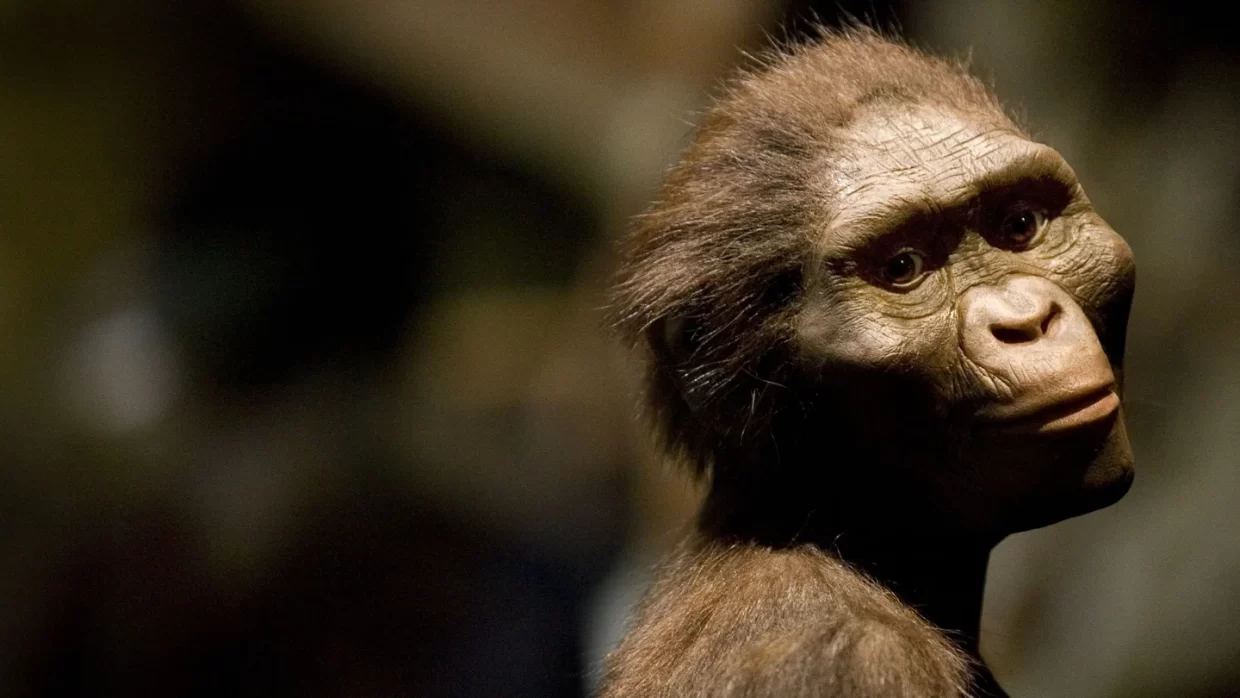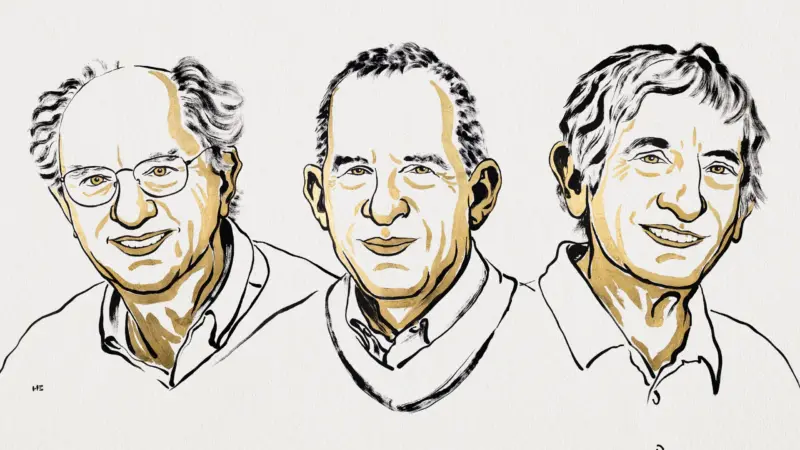Lucy: The Bipedal Wonder of Human Evolution

In 1974, archeology experienced a significant breakthrough with the discovery of Lucy in Ethiopia. Lucy is a fossil of a young female Australopithecus afarensis, an ancient hominid species that lived in East Africa 3.7 to 3 million years ago. This finding demonstrated that human-like creatures had been evolving and walking on Earth long before the advent of stone tools. Although Australopithecus afarensis were shorter, more ape-like, and had smaller brains compared to Homo sapiens, they exhibited the ability to walk on two feet.
Lucy’s Surprising Walking Abilities Revealed
Recently, researchers made an intriguing revelation about Lucy, whose remains are now kept in a specially constructed safe at the National Museum of Ethiopia. A new paper published in the journal Royal Society Open Science suggests that Lucy’s bipedal walking ability was remarkably similar to that of humans.
Previously, paleoanthropologists disagreed on Lucy’s stance, with some speculating that she might have walked with a hunched back, similar to chimpanzees today. However, Ashleigh Wiseman, a research associate in paleoanthropology at the University of Cambridge, shed light on the matter. Wiseman created 3D models of the leg and pelvis muscles of the 3.2 million-year-old Australopithecus afarensis. Her findings revealed that Lucy’s stance closely resembled that of humans.
Lucy’s Astonishing Muscularity
Not only could Lucy walk like Homo sapiens, but she also possessed significantly more muscle mass than modern humans. Her calves and thighs were more than twice the size of those found in present-day humans. Notably, her thighs were composed of 74 percent muscle, compared to the average 50 percent fat and muscle split in our species today.
These characteristics shouldn’t come as a surprise considering the environment in which ancient hominids lived. To navigate their surroundings in East Africa three million years ago, Lucy and her relatives had to move between wooded grasslands and quickly adapt to climbing forest canopies. As Wiseman stated, “We are now the only animal that can stand upright with straight knees. Lucy’s muscles suggest that she was as proficient at bipedalism as we are, while possibly also being at home in the trees.” She further noted, “Lucy likely walked and moved in a way that we do not see in any living species today.”






